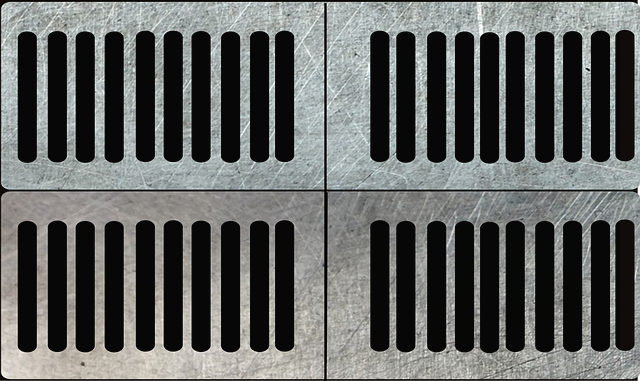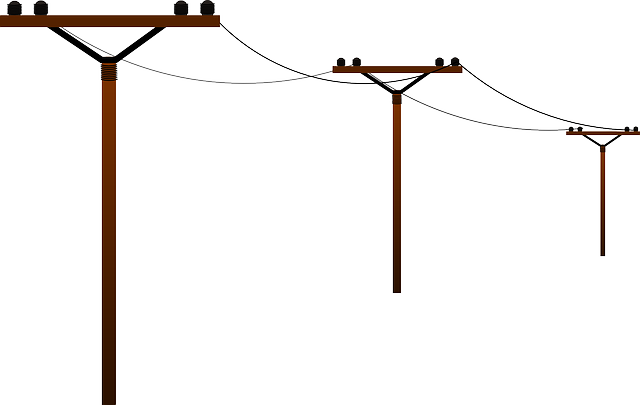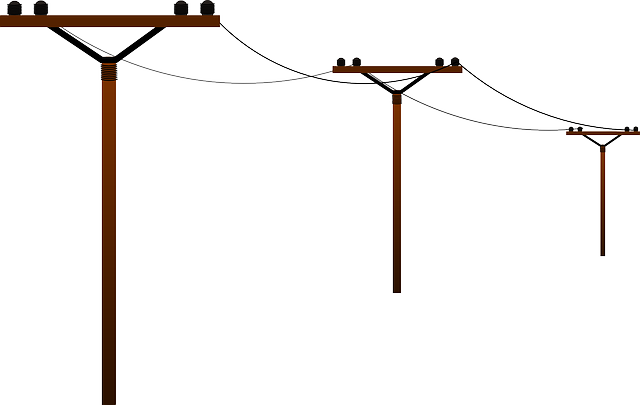Understanding sewer line lifespan (20-50 years) and regular care can prevent costly repairs. Early signs like persistent clogs, backups, foul odors, slow draining, or visible damage warrant consultation with a professional for the comprehensive Sewer Line Repair Guide. Prompt action extends line life, avoiding severe issues and savings on future repairs.
” Curious about the longevity of your sewer line? This comprehensive Sewer Line Repair Guide delves into the factors affecting its lifespan and equips homeowners with essential knowledge. Understanding the average service life of 25-40 years is just the beginning. Learn to recognize subtle signs of distress, such as clogs, bad odors, or water backup, indicating potential failure. Discover when replacement becomes inevitable and explore cost-effective solutions for maintaining your home’s plumbing integrity.”
- Understanding the Lifespan of Sewer Lines
- Identifying Common Signs of Sewer Line Failure
- When to Consider Sewer Line Replacement
Understanding the Lifespan of Sewer Lines

Sewer lines, like any infrastructure, have a lifespan and understanding this is crucial for homeowners. The average sewer line typically lasts between 20 to 50 years, depending on various factors such as material quality, installation depth, soil conditions, and water table levels. However, these guidelines are not set in stone; regular maintenance can extend their life significantly. A well-cared-for sewer line might even outlast the expected lifespan.
Knowing when to opt for replacement is essential for a Sewer Line Repair Guide. Signs indicating a need for replacement include persistent clogs, frequent backups, foul odours, slow draining, or visible damage like cracks, leaks, or bulges. Recognizing these early indicators can help homeowners prevent more severe and costly issues down the line.
Identifying Common Signs of Sewer Line Failure

Many homeowners often wonder, “How long does a sewer line last?” While the lifespan can vary depending on several factors, such as material quality, installation depth, and local soil conditions, a well-maintained sewer line typically lasts between 25 to 40 years. However, recognizing early signs of failure is crucial to prevent costly sewer line repairs or replacements.
Common indicators include persistent clogs, particularly in the morning when the line is cold; unusual gasses or sour smells coming from drains; and slow-moving or stagnant water in sinks, tubs, or toilets. If you notice any of these signs, it’s time to consult a professional for a sewer line repair guide. Prompt action can save you from more severe issues and costly repairs down the line.
When to Consider Sewer Line Replacement

Many homeowners often wonder, “How long does a sewer line last?” While the lifespan can vary based on several factors like material, installation quality, and local soil conditions, most sewer lines typically last around 40-50 years. However, recognizing signs that indicate it’s time for a replacement is crucial.
Regular maintenance can prolong your sewer line’s life, but eventually, wear and tear take their toll. Signs that your sewer line may need replacing include frequent clogs, ongoing leaks or seepage, reduced water flow, unusual noises coming from the drains, and the growth of roots intruding into the pipes. Consulting a professional plumber for periodic inspections is part of a comprehensive Sewer Line Repair Guide, helping you catch potential issues early on before they escalate into costly repairs or replacements.
Understanding the lifespan of your sewer line and recognizing early signs of distress is crucial for effective maintenance. While these pipes can last several decades with proper care, eventual replacement is inevitable. By staying vigilant and acting promptly upon noticing issues like persistent clogs, unusual odors, or visible damage, you can avoid costly emergencies. This Sewer Line Repair Guide emphasizes the importance of regular inspection and proactive measures to ensure your home’s plumbing system remains reliable for years to come.
